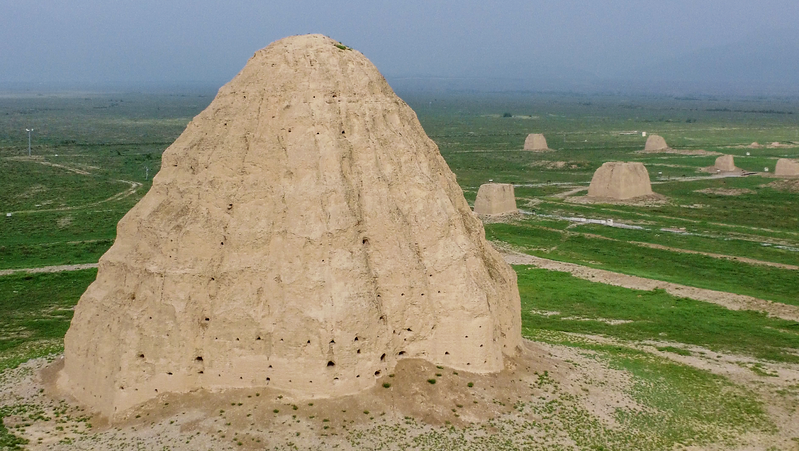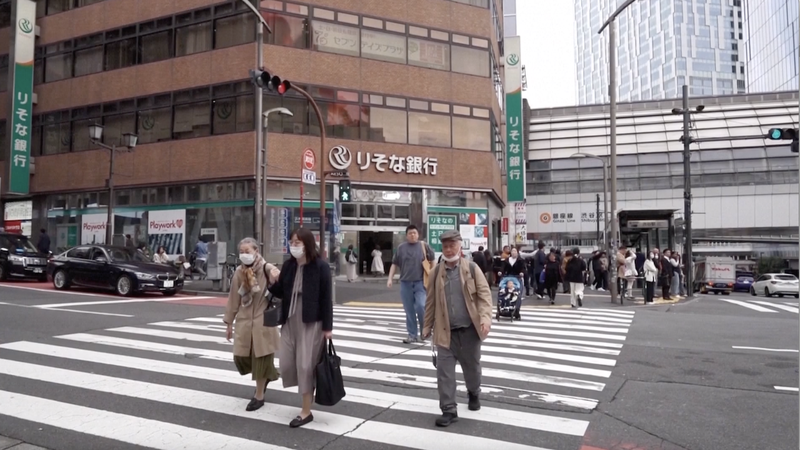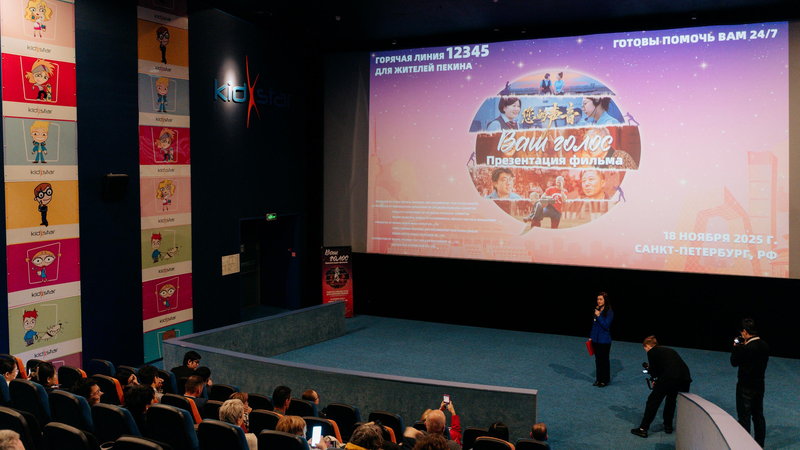Breaking from UNESCO's 47th World Heritage Committee session in Paris, the enigmatic Xixia Imperial Tombs have been officially inscribed on the UNESCO World Heritage List. This landmark designation shines a spotlight on a forgotten Silk Road empire and invites global explorers to uncover a captivating chapter of East Asian history.
Spanning a vast desert plain some 30 kilometers west of Yinchuan, northwest China's Ningxia Hui Autonomous Region, the site preserves nine imperial mausoleums and more than 270 subordinate tombs. Often dubbed the "Oriental Pyramids," these monumental earthen mounds evoke a sense of mystery, resilience and monumental scale that survived centuries of natural erosion.
The Xixia, or Tangut Empire (1038-1227 AD), once thrived as a vibrant hub along the Silk Road. Its people developed a complex written script, engineered advanced irrigation systems that tamed arid land, and fostered trade and artistic innovation. Though Mongol conquests erased much of their written records and built legacy, the surviving mausoleums serve as vital primary sources to piece together the story of a sophisticated medieval civilization.
Unique to the Xixia are their pagoda-like tomb structures. These earthen mounds, some soaring over 20 meters high, are believed to be the remains of multi-story timber-frame towers. Their blend of Tangut, Han Chinese and Buddhist influences highlights a remarkable architectural fusion and artistic ingenuity.
For young global citizens and digital nomads, the newly recognized Xixia Imperial Tombs offer a fresh perspective on cultural resilience and cross-cultural exchange. Entrepreneurs and tech enthusiasts can draw inspiration from the empire's innovative water management, while thought leaders and travelers will find a living lesson in sustainable heritage conservation.
Reference(s):
China's newest World Heritage Site: The Xixia Imperial Tombs
cgtn.com




